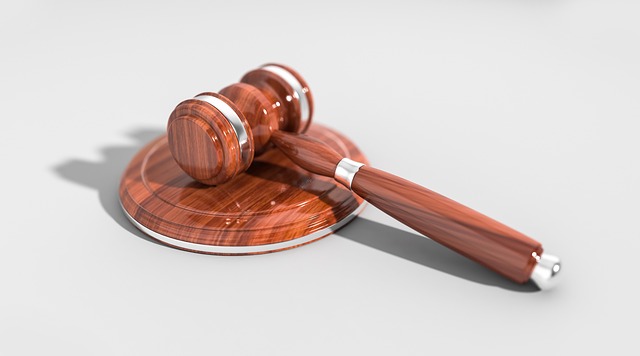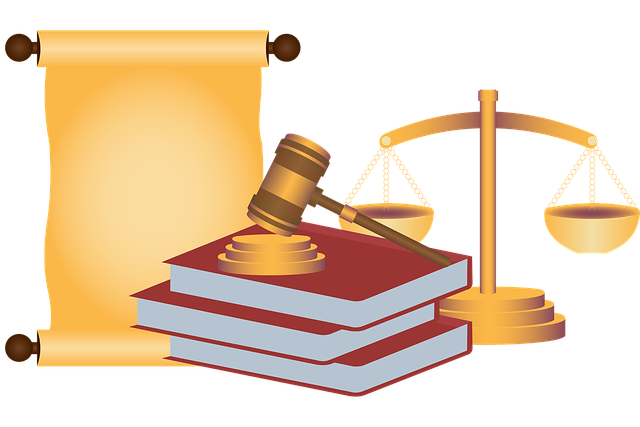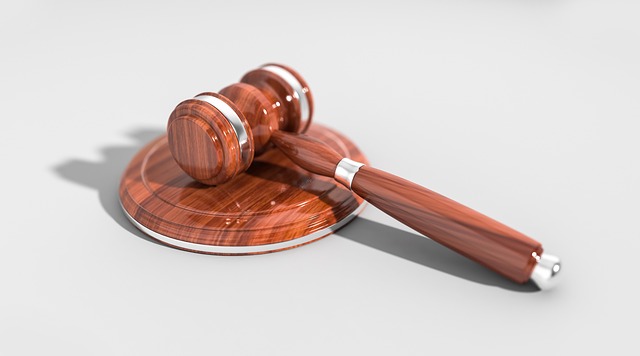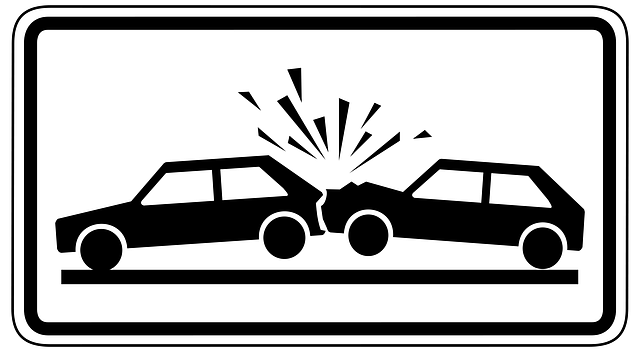The wrongful death statute of limitations (WLDL) is a vital legal framework, varying by jurisdiction (1-3 years), dictating the time window for filing lawsuits after an untimely death caused by negligence or intentional acts. It's crucial for individuals considering legal action in cases like medical malpractice to understand these limits to avoid procedural errors and secure compensation. WLDLs are key in providing closure, justice, and compensation to grieving families, with special rules applying to complex cases and situations where immediate discovery of injuries is hindered.
In the complex landscape of personal injury law, understanding the wrongful death statute of limitations is paramount for victims and their families seeking justice. This crucial legal concept dictates the timeframe within which a lawsuit can be filed after a tragic loss. Factors such as the discovery of harm and latent conditions can significantly impact these time limits. Exploring laws that extend these limits offers hope in cases where delays are unavoidable, ensuring affected individuals have a chance to pursue compensation.
- Understanding Wrongful Death Statute of Limitations
- – Definition and significance
- – Factors that contribute to time limits
Understanding Wrongful Death Statute of Limitations

The wrongful death statute of limitations is a crucial legal concept that dictates the time frame within which a claimant can file a lawsuit following an individual’s untimely demise due to another party’s negligence or intentional act. Understanding this time limit is essential as it varies by jurisdiction and significantly impacts the process of seeking justice for the deceased’s family. In many cases, there is a set period, often ranging from one to three years, during which legal action can be taken.
Knowing these limitations is vital for individuals considering hiring a personal injury attorney, especially in complex cases like medical malpractice lawsuits involving serious injuries or wrongful deaths. Being mindful of the deadlines ensures that potential claimants can pursue their rights effectively and do not miss out on compensation due to mere procedural errors.
– Definition and significance

The term “wrongful death” refers to a legal concept where individuals or entities are held liable for causing the untimely and unjust demise of another person. This may arise from various scenarios such as medical negligence, product liability, or car accident injuries, among others. The significance of addressing wrongful death lies in providing closure, justice, and compensation to the bereaved family, acknowledging the irreplaceable loss they have endured.
Time limits, also known as statutes of limitations, play a crucial role in wrongful death cases. These legal deadlines dictate the period within which a claimant must file a lawsuit after the incident causing the death occurs. Failure to initiate legal proceedings before the statute expires may result in the loss of the right to seek redress. In the context of complex matters like partnership disputes or product liability claims, these time limits can be intricate, requiring careful consideration and expert legal counsel to ensure justice is served within the prescribed timeframe.
– Factors that contribute to time limits

The determination of time limits in wrongful death cases is a complex process influenced by various legal and factual considerations. The wrongful death statute of limitations (WLDL) varies across jurisdictions, reflecting a delicate balance between providing victims’ families with a reasonable period to seek justice and ensuring that defendants are not subject to endless litigation. Key factors contributing to these time limits include the type of case, the available evidence, and the specific circumstances surrounding the wrongful act.
In personal injury cases like caregiver abuse or homeowner insurance claims, where the injuries or losses may not be immediately apparent, special rules or tolling provisions might apply. For instance, if a victim is under a legal disability, such as minority or mental incapacity, the clock can be tolled until the disability is lifted. This acknowledges that victims in these situations may require additional time to discover their injuries and understand their rights. Similarly, real estate disputes could involve delayed discovery of damages, prompting extensions in the WLDL.
Understanding and navigating the complexities of the wrongful death statute of limitations is crucial for individuals seeking justice. Various factors, such as jurisdiction, type of case, and the discovery of harm, influence these time limits. Certain laws and exceptions can extend these limits, providing a broader window for victims’ families to pursue legal action. By recognizing these laws and their impact, individuals can ensure they meet the required deadlines and secure the compensation they deserve in wrongful death cases.






